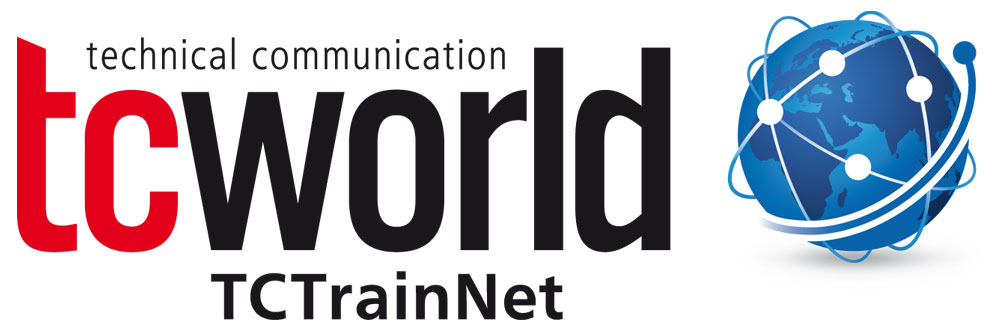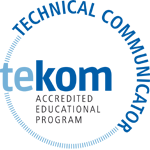If multiple technical communicators work without standards in a team, creative chaos results practically on its own – individual writing styles and personal tastes do not result in uniform quality. It is necessary to have a standard for the mandatory establishment of aspects of work.
On the level of content, drafting guidelines and stylistic and writing rules for different types of text, terminological specifications, and a graphical concept aid in preserving uniformity and improve translatability. Specifications can include a didactic concept and may extend to controlled language. The specifications are transparently compiled for all involved in a volume of editorial guidelines or a Corporate Identity Guide.
On a structural level, document and format templates allow a standardized layout, which can be even more finely granularized down to the level of sentences using Content Management Systems with modules and structures. With the additional use of established structuring standards such as SGML, XML, DocBook and DITA, as well as Document Type Definitions (DTD), worldwide compatibility can likewise be ensured.
If working with supporting software, using a complex standardization method can lead to even better results. The preliminary work in order to use concepts such as functional design, Information Mapping, or controlled languages like Simplified Technical English are, however, significantly larger in scope than the technologies and methods mentioned in the beginning and thus require a fundamental cost-benefit calculation.



